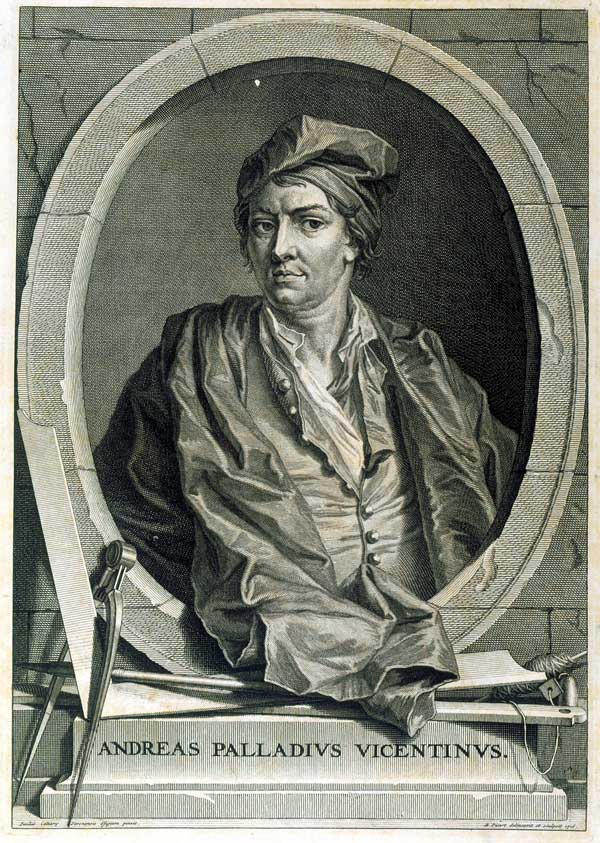A Transatlantic Journey
September 2, 2010–January 30, 2011

Palladio and His Legacy offers a rare opportunity to see some of the most important drawings in the world of architecture—thirty-one, 16th-century works from the hand of the Italian Renaissance master Andrea Palladio. These illustrations link the splendor of ancient Rome to the power and wealth of the Venetian Republic and, ultimately, to the symbols of our American democracy.
The Late Italian Renaissance master Andrea Palladio (1508–1580) is the most influential architect of the last 500 years. His architecture synthesized the lessons of the ancient Romans with the achievements of his predecessors and contemporaries, including Bramante, Raphael, and Michelangelo. Palladio’s mastery of the classical orders, proportion, and harmony was unparalleled. His projects in Venice and the surrounding region set new standards in design and redefined the potential of the art form, especially for domestic structures. Palladio’s legacy was secured in 1570 when he published I Quattro Libri dell’Architettura (The Four Books on Architecture). One part theory, one part portfolio, and two parts archaeology, this work has had a more profound impact on the built world than any architectural treatise before or since.
In America, to an even greater extent than in Europe, or even Britain, the illustrations and words of Palladio have forged an enduring legacy: classical forms have been appropriated and incorporated into the mainstream of architectural expression. By liberally applying the signature motif of ancient temples, the columned portico, to the residential realm, he forever elevated the potential of the humblest home. His five-part schemes linking a primary residence and its accessory farm structures into a symmetrical and cohesive composition became models for how to organize plantations, or nearly any group of related structures. And Palladio’s comprehensive reconstruction drawings of Roman temples inspired the design of our temples to democracy—the nation’s public buildings—in the monumental Classical Style.
Reflections on an Architect and his Legacy
Sponsors
Support for the traveling exhibition is provided by many generous contributors, including:
Richard H. Driehaus Charitable Lead Trust
Regione del Veneto
British Architectural Library Trust
Dainese
The Gladys Krieble Delmas Foundation
Center for Palladian Studies in America, Inc.
William T. Kemper Foundation
Samuel H. Kress Foundation
Andrew D. Stone
Richard Wernham and Julia West
